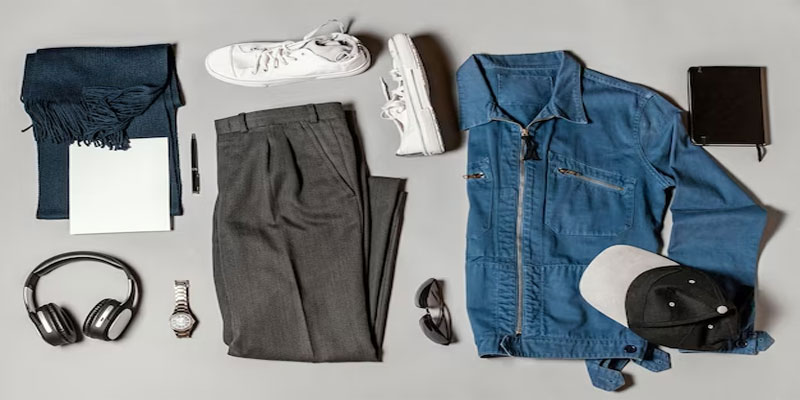
In the vast tapestry of human history, clothing has woven itself into the fabric of our identity. From the early days of ancient clothing to the fast-paced world of fashion today, the evolution of clothing and apparel reflects not only our changing tastes but also the broader cultural, social and economic changes that shape our lives.
From Function to Fashion: The Historical Journey:
Clothing, in its early days, served an entirely utilitarian purpose—protecting the body from the elements. As civilizations developed, so did the role of clothing. The ancient Egyptians adorned themselves with elaborate clothing, which signified status and wealth. Toga-wearing Romans distinguished citizens from slaves, while Japan’s intricate kimonos became a canvas for artistic expression.
The Industrial Revolution and Mass Production:
The 19th century marked a pivotal moment in the history of clothing with the advent of the Industrial Revolution. Mass production techniques transformed the textile industry, making clothes accessible to a wider audience. Ready-to-wear clothing emerged, allowing people to follow fashion trends without the need for custom tailoring.
Twentieth Century: A Century of Style Revolutions:
The 20th century witnessed seismic changes in fashion, driven by social changes. The flapper dresses of the 1920s challenged traditional norms, while the practical and empowering designs of World War II-era dresses reflected the changing role of women in society. Post-war prosperity led to the rise of haute couture and famous fashion houses.
Fast Fashion and Globalization:
The latter part of the 20th century saw the rise of fast fashion, characterized by quick production cycles and affordable clothing. Globalization played a major role in this, as fashion trends began to cross geographical boundaries. Fast fashion brands offered consumers the ability to stay on-trend at a fraction of the price of high-end designer pieces.
Sustainable Fashion: A Call for Conscious Consumption:
In recent years, awareness of the environmental and ethical impact of the fashion industry has grown. The rise of sustainable fashion emphasizes a shift toward eco-friendly materials, ethical production methods, and slow fashion. Consumers are increasingly considering the lifecycle of their clothing, promoting a more conscious approach to consumption.
Technology and Wearable Tech:
The 21st century has brought about the marriage of fashion and technology. Wearable tech, from smartwatches to connected clothing, has added a new dimension to the industry. Clothes with built-in sensors, self-adjusting garments, and augmented reality in fitting rooms are just a few examples of how technology is reshaping the way we experience clothing.
Customization and Personalization:
The era of mass customization is upon us, with advances in technology giving consumers the opportunity to personalize their clothing like never before. From custom shoe designs to made-to-measure clothing, individuals are looking for unique pieces that reflect their personal style, challenging the one-size-fits-all mentality.
As we navigate the ever-changing landscape of clothing and apparel, one thing remains constant – the profound impact clothing has on our lives. Beyond threads and stitches, it is a reflection of our identity, a statement of our values and a canvas for our creativity. From the loom to the runway, the journey of clothing is an enduring celebration of our evolving society and human expression.





